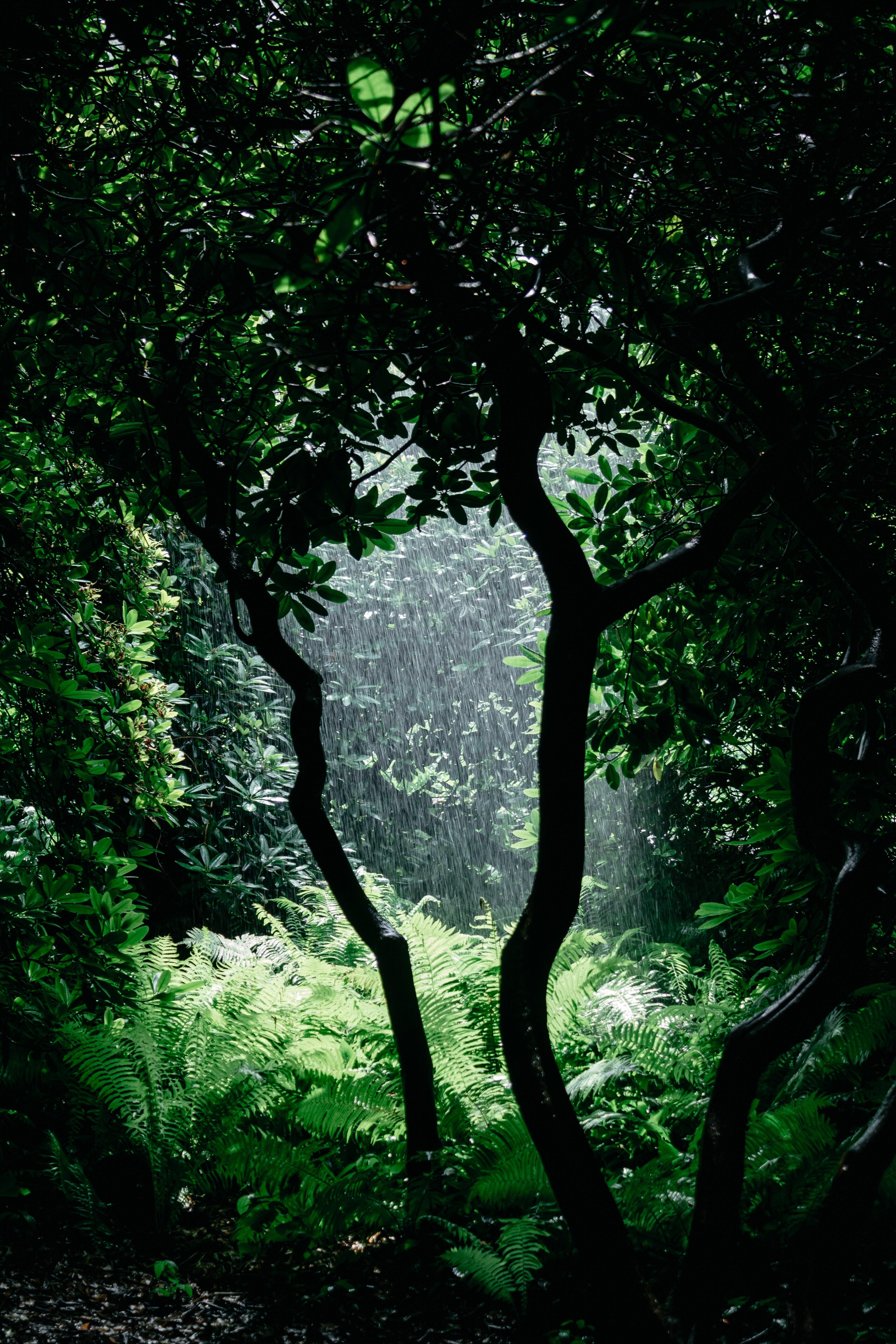Jungle Gear: What You Need for Your Wildland Adventures
Posted by Kevin Green on Oct 19th 2022
Who Is This Guide For? This jungle gear guide is for people hiking in the deep backcountry. If you’re sticking to the trails, you can wear your normal hiking gear.
Back in the days of the Thirteen Colonies, many American colonists died trying to hold out in what we now call the American South. The humid subtropical climate of this region was filled with fetid swamps and disease-carrying bugs and bacteria, not to mention unbearable summer heat. It wasn’t unheard of for entire settlements to be wiped out from the terrible conditions. British colonial soldiers in the region often received jungle pay.
Today, not only have we gotten jungle-borne diseases under control, but we actually hike out into that hot mess for fun. Nevertheless, jungle biomes are still dangerous, and you still need the right jungle gear in order to protect yourself. Here’s a quick reference guide of all the jungle equipment you should bring with you when you set out for hardcore jungle hikes.
1. Jungle-Strength Footwear
Many old-timers in the South swear by going barefoot. That can work, but you have to be knowledgeable about the territory. Even then, it’s still dangerous because there are all sorts of nasty things that can bite or scratch you. It’s a smarter bet to rely on good, sturdy footwear.
We recommend that you start building your jungle gear from the bottom with a great pair of high-ankle, waterproof hiking boots like the Propper 8" Series 100 Coyote AR-670 Waterproof Boot, lined with a pair of USGI Cushion Sole Socks.
2. Pants that Fight Back the Jungle
That’s right, no shorts! It’s a counterintuitive fact of jungle hiking that, despite the heat, you generally want to cover more of your body rather than less of it. This is to protect yourself from the year-round brambles and endless bugs. Good jungle equipment is all about protection.
Your best choices for jungle pants include tactical pants and ACU Pants (“ACU” is Army Combat Uniform, the current uniform paradigm in the US Army). These two types are both like cargo pants except they’re more durable and offer you more protection in the form of thicker materials and better abrasion resistance — perfect for your jungle gear build.
3. Shirts & Outerwear that Protect and Ventilate
In fair weather you can get away with an ordinary long-sleeve t-shirt, or a workout shirt if you run hot. But for extra protection, we recommend a tactical shirt or an ACU shirt over your undershirt.
We also recommend a hat or head wrap to protect from the sun and bugs.
4. Bad Weather & Emergency Jungle Equipment

If you’re hiking in cold weather, make sure you have a jacket with your jungle gear. Alternatively, if there’s any risk of being caught in the backcountry overnight, take a warm jacket no matter what the daytime weather forecast says, and maybe blankets.
In heavy rain, you probably shouldn’t be hiking in the backcountry in the first place. But anything can happen in humid environments. If you get caught in a squall you probably won’t say no to a poncho.
Don’t forget your matches and some firestarter tinder. Other emergency jungle gear includes flashlights, machetes, tarps, and water purification tablets. You can also invest in a nice ceramic water filter, which removes most microbes on its own and also makes a water purification tablet’s job easier.
5. A Jungle First Aid Kit, Because You’re Not Insane
This one’s short and sweet: You absolutely must carry a jungle first aid kit with you in the backcountry. On a good hike, it’ll be dead weight. On a bad hike, it’s the piece of jungle equipment that might save your life.
6. Your “Where the Hell Are We?” Package
Without phone signals or visible landmarks, you can get lost in much less than the length of a single football field. For this reason, any jungle gear build needs to have good directional aids.
Visit your local sporting goods store or go online and buy topographical maps for the area you’ll be hiking. Refer to your map frequently on your hike and make sure you never lose your position. If you don’t know how to read these maps, the Army has a map reading and navigation manual.
As you hike, verify your heading frequently with a military-style marching compass.
7. Camping Equipment
Camping gear adds a lot of weight to your jungle equipment. It’s up to you to decide where to draw the line between comfort at the campsite and comfort on the go.
Must-Have Jungle Gear
You’ll probably want a shovel for burying your waste. You should definitely put up some mosquito netting if it’s mosquito season. You will absolutely want to have a good sleeping bags and sleeping pad. An airtight food canister (commonly known as a bear canister, though they also keep out animals like racoons) is a very good idea.
Optional Gear
A tent is always nice of course, or a jungle hammock, but these add a lot of weight. If you’re willing to eat cold food, so do mess kits and cookware, as well as stoves. Optional jungle equipment usually makes more sense if you are traveling with multiple people so that you can spread this load around.
8. Backpacks to Carry It All
You knew this was coming: You have to carry all of the aforementioned jungle gear that you’re not actively wearing. Once again, the US military designed the best:
- ALICE packs are old-school backpacks with a small number of compartments and pretty good water resistance.
- MOLLE backpacks are the current military paradigm, feature lots of small compartments, and the modular webbing makes it a breeze to strap on additional bags or jungle equipment. Their water resistance is okay.
- Hydration packs give you easy access to extra water, as a supplement or alternative to canteens.
- Water resistant daypacks are great for shorter hikes.
Last but not least, don’t forget to save some room in your pack for some MREs and camping food, plus your favorite trail mixes, jerky, and whatever else is gonna keep you going.
And that’s jungle gear in a nutshell. Now get out there, have fun, and if anyone asks, say it was miserable so that no one follows you and the backcountry stays wild!

